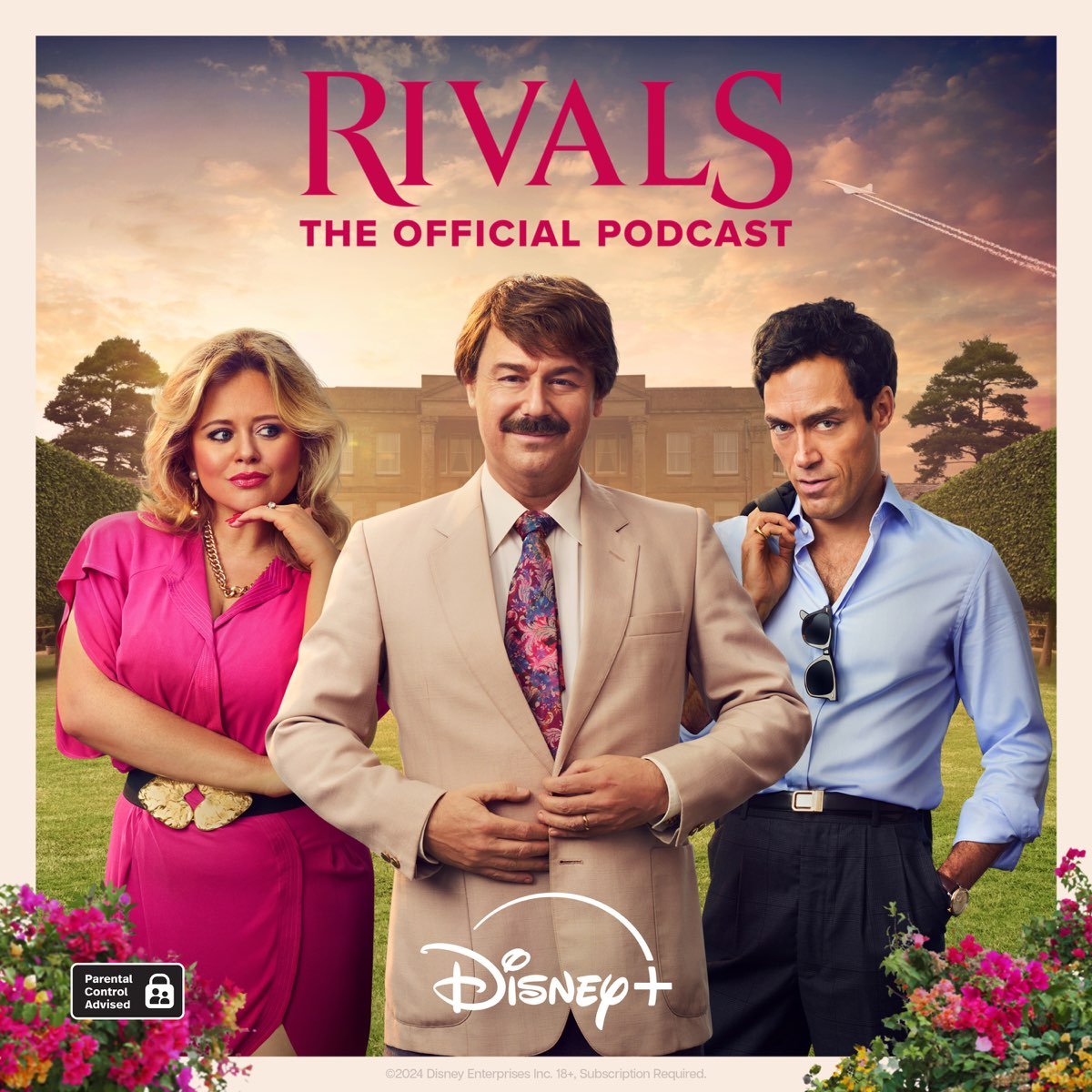Here’s why media companies need to treat fan communities as their real stars
Do you remember the Calvin Harris song ‘It was acceptable in the 80s’?
This has been on ear-worm at Magenta since the end of last year, when we were glued to our screens binge-watching the likes of itvX’s Joan and the pacy, sexy adaptation of Rivals on Disney+.
Has the 80s aesthetic contributed to a rise in scrunched hair, acid-wash denim and Princess Diana-inspired outfits in our office wear? We couldn’t possibly say. Neither are we going to divulge the full depth of our feelings for Danny Dyer. But what 80s nostalgia has done is get us thinking about the often under appreciated value of fan communities to media companies, both as consumers and as a research asset.
As consumers, super fans are helping to drive the inexorable ascent of the streaming market. Globally, paid-for streaming continues to rise, with the average household now having three subscription services. However, as the latest Deloitte report reveals, media and entertainment super fans are overwhelmingly likely to over-index here. And they’re not just hungry to consume content on their hero shows from anywhere. They discuss them everywhere too.
“These M&E super fans are engaged across the digital media ecosystem: They’re more likely to pay for subscription video on demand (SVOD), music, and gaming services than the average consumer, and they use multiple social media platforms, too.”
For media companies providing content on hero shows, as well as brands associating with them, there is an incredibly powerful halo effect among this most loyal of fanbases.
Rivals is a particularly interesting example. It already came with a diehard fanbase (confession: my friends and I breathlessly passed a well-thumbed copy around the form room at school). Now, the latest TV adaptation has turned a new generation on to the joyful salaciousness of Jilly Cooper’s oeuvre. As a result, Rivals super-fandom has spread across the digital media landscape. Fans avidly listen to the Wondery-produced Disney+ podcast, furiously download Rivals playlists on Spotify, and eagerly discuss the highly-anticipated series 2 on Mumsnet, Reddit and X.
Crucially, the love has spilled out from Rivals into the wider world of Jilly Cooper. As Facebook heaves with fan groups, entire substacks are dedicated to her works and literary style far more than a writer of simple bonkbusters, but a creator of interlaced plots, long character lists and an intricately woven Rutshire universe. For a glimpse into the pitch of fan fever, and also a thoughtful dissection of Cooper’s cultural contributions, it’s worth listening to last October’s episode of The Times’ podcast The Story: “Rivals and The Cult of Jilly Cooper”.
Taking off our <80s fashion reference> fan hat, we want to emphasise the commercial opportunity for media companies. Converting audiences into fans, and fans into super fans, builds loyalty like nothing else. As well as growing market share, it can deepen brand engagement and open doors to lucrative diversified content: think Stranger Things live shows and merch lines.
And of course, super fandom isn’t confined to racy 80s dramas. The entire professional sports industry relies on engaged (and commercialised) fans, making Netflix’s broadcast rights to the 2027 Fifa Women’s World Cup a masterstroke. The platform has already announced that it will ‘produce exclusive documentary programming to highlight top players and their journeys, and the explosion of the sport around the globe’. It will be interesting to see how else Netflix taps into the powerful bonds and communities of sport to maximise opportunities to deepen audience engagement.
So, beyond watching Rivals at your earliest convenience, what recommendations should you take from this post? In simplest terms, take fan communities seriously, and take great care to engage them in meaningful and authentic ways. Go beyond surface research. Dive into forums and messaging groups. Explore the shared practices and understand the cultures, signifiers and cultural coding that define fan communities as they evolve. And if you aren’t doing it already, be worried that your rivals are.
Get in touch to hear how our a unique and pioneering approached called LENS can help as a powerful tool to assist you, combining discourse analysis and semiotics.
Discourse Analysis deep dives into the language used by audiences and consumers, reviewing how it matches or differs from your brand language
Semiotics provides the societal and cultural landscape, pinpointing where your brand sits
Sources
Simon-Kucher | The Global Streaming Study 2024

